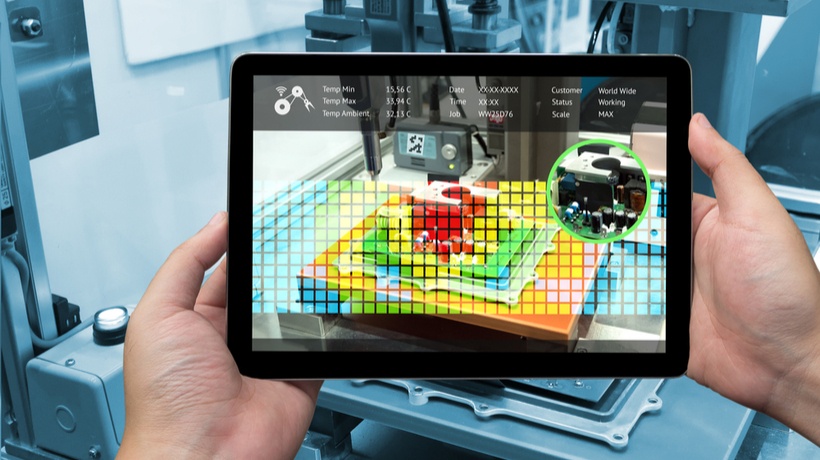The 4 Best Applications Of Augmented Reality In eLearning
Learning is fun when it's pictorial. Thus, initially, simplified diagrams and live physical demonstrations became popular. Later, video demonstrations and live online classes revolutionized learning and education and seemingly became the preferred mode. 3D and Augmented Reality seem like the next step, upgrading how people perceive and retain knowledge.
This article explores some of the best ways eLearning evolves, with Augmented Reality playing a crucial role.
4 Ways To Apply AR In eLearning And Why They Are Great
Augmented Reality is adding magic to digital learning in many ways. Some of these include the following:
Online Education
During COVID-19, when the world went indoors with lockdowns and quarantines in place and schools and offices shut down, the internet did a wonderful job. Schools and colleges offered to set up online learning and send out video materials. This new culture seems to extend beyond that now, with AR and 3D being added to the academic plans.
Imagine if, instead of referring to a paper diagram, you could see those models and processes in a three-dimensional setting, placing them in the environment surrounding you. And it extends beyond high school and college education. Today, there are AR applications that allow kids aged 3-5 to learn about things through 3D and AR elements. For example, kids can simply scan a QR code on their book and see the alphabet letters in AR. This is becoming the norm and will likely spread with WebAR, which works on the web and does not need an app installation.
Remote Employee Training (L&D)
Similar things played out on the corporate side. People appreciated the work-from-home culture as it provided more flexibility and convenience. However, Learning and Development programs require people to commute. This no longer happens, though, as virtual simulations aided by Augmented Reality applications are becoming popular.
From new employee onboarding to work training and upskilling, companies are leveraging Augmented Reality and gamification to conduct efficient training programs while significantly reducing costs. For instance, Walmart and other brands leverage AR to train new employees for various scenarios beforehand so that when something happens, they are up and ready.
Distance Medical And Engineering Training
Distance education has been picking up, with more and more students choosing distance learning programs. However, medical and engineering fields are largely based on practice and live demonstrations. Augmented Reality in education can compensate for this to a great extent.
Today, digital labs are much more than video demos on digital displays and screens. For example, you could experiment in an AR setting before doing anything on your own or learn from an AR surgical procedure. Medical education and engineering are leveraging this technology to make learning fun and engaging with higher knowledge retention.
Customer Education
AR can be a great customer education tool as more and more people prefer online shopping. And in that case, having adequate customer education in place becomes necessary. This may include the right demo during presales and a self-explanatory manual and maintenance guide post-sales.
For instance, the IKEA Home app provides the best online demonstration of their furniture and other products, where customers can see how they will look and fit in their space. Similarly, Wayfair and other furniture and home decor brands allow their users to view products like this. AR-based manuals and maintenance guides, on the other hand, are more often used for equipment and machinery brands.
The Future Of eLearning With Augmented Reality
eLearning is a beautiful advancement that is here to stay. With the convenience of making a classroom enjoy learning online with AR, it will likely see much wider adoption. It will further expand with Gen Z appreciating newer technology and cutting-edge solutions. The evolving 5G technology and development within AR and associated technologies will likely promote this even more. Additionally, applications and utilities will expand to a great extent.
Augmented Reality has empowered stakeholders in corporate and educational settings to simplify learning and make education more accessible. Unlike traditional training and education, AR-based learning enables enhanced learning, engagement, and knowledge retention.









